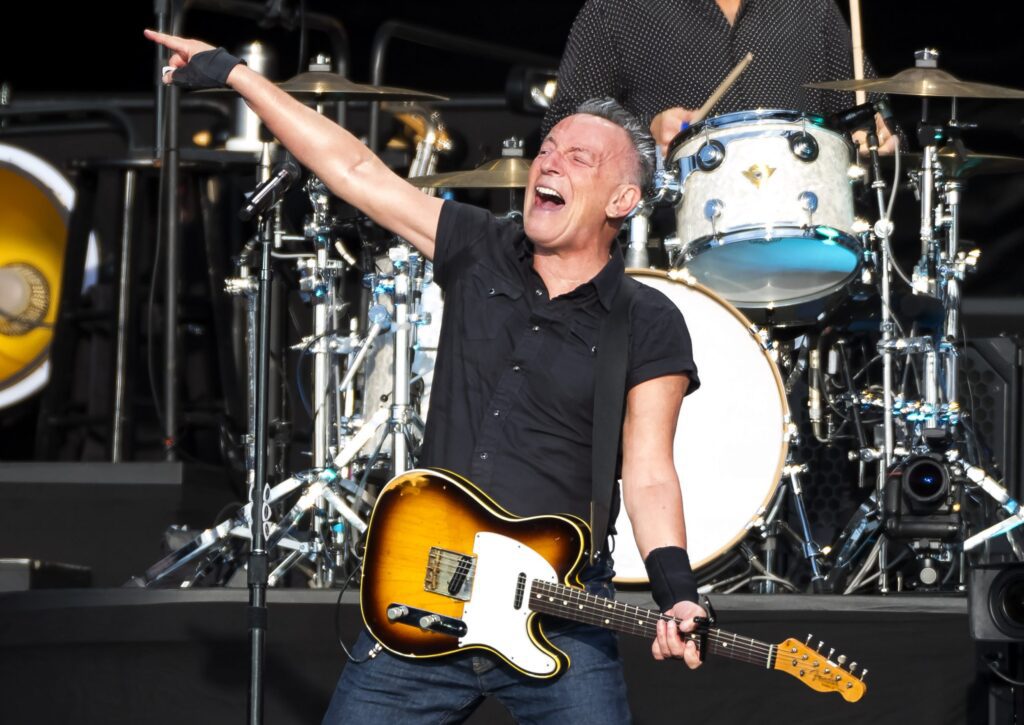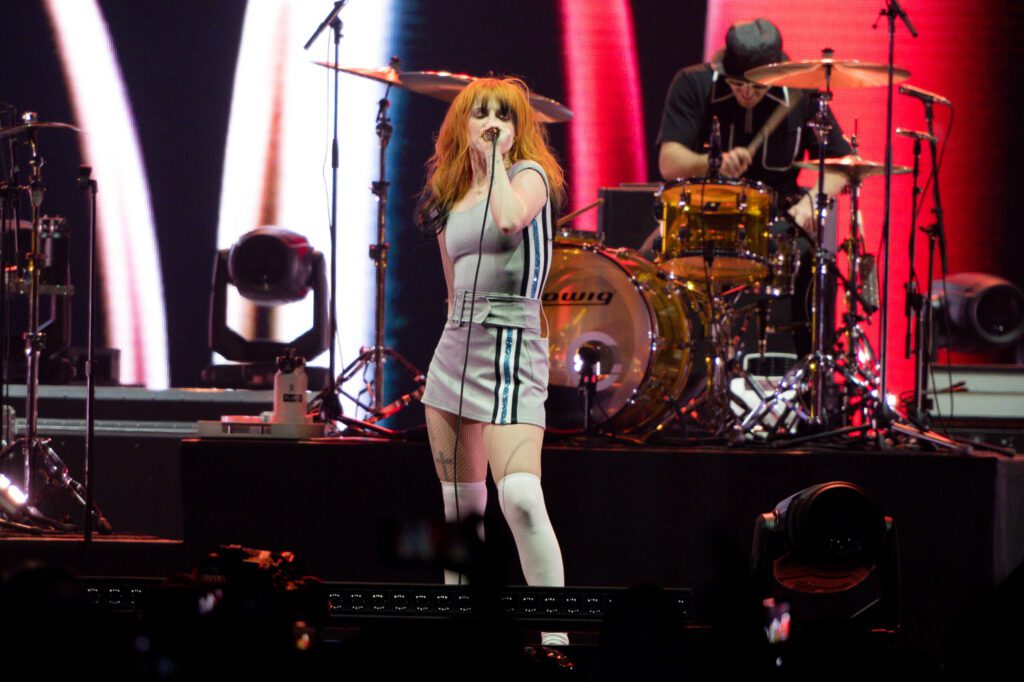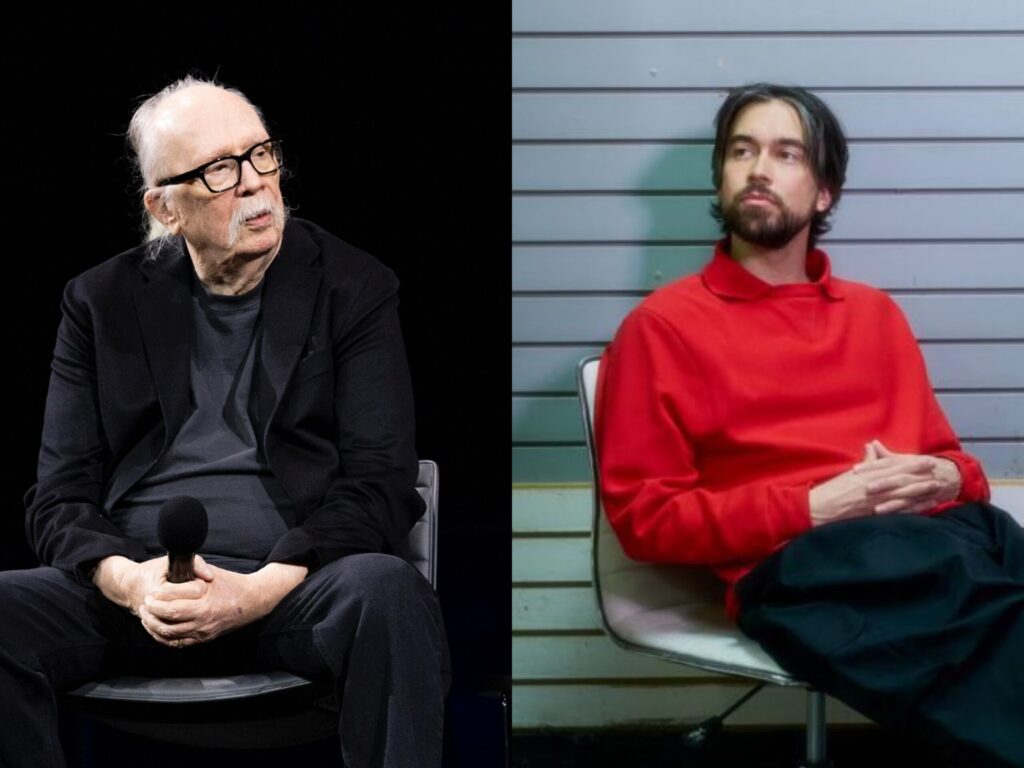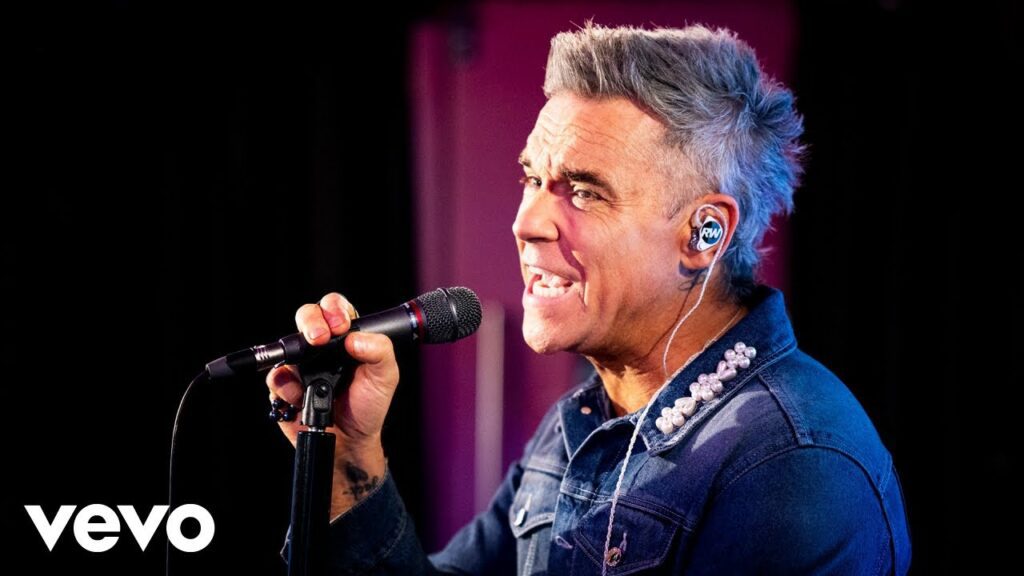
Bruce Springsteen didn’t need to say anything when he got onstage. Everyone at East Rutherford’s MetLife Stadium knew the occasion. After the E Street Band re-emerged for the first time in seven years with an arena tour across America, they took to stadiums in Europe for the summer, and now they’ve come back home. Not just to the States, but to New Jersey. “My people!” Bruce said, and the attendant cheers roared back in response. At this point, the reverence for Springsteen in his elder years means every show feels like a hallowed experience. This goes without saying, but the feeling is exponentially amplified at a Jersey show. In the equation of Springsteen concerts, this is the pilgrimage to Mecca.
Accordingly, Springsteen threw a few tiny curveballs. He loaded up the front of the set with a sort of one-two-three punch of openers in “Lonesome Day,” “No Surrender,” and “Night.” He said, “Here’s a bit of summer beach music,” before the tour debut of “Sherry Darling.” Some of the more demanding corners of Springsteen’s fanbase have groused about the setlist remaining static, especially this far into the tour, and the first of three nights at MetLife didn’t do much else to suggest that would change now. There are little treats popping up here and there — the full-band storm of “Atlantic City” was a high point and a surprise — but mostly you are guaranteed a setlist that balances a bit of Letter To You promotion and a greatest hits comeback.
This being my first time seeing the E Street Band since 2016, I was quite alright with that. While Springsteen differentiated himself from other aging legends by rarely taking the obvious route with his late-career decisions — including free-wheeling setlists stretching past four hours, well into his sixties — this is a different moment. The man is 73 — still comparatively superhuman when placed against his peers or any average 73-year-old, but human nonetheless. You can start to see him aging a bit more than on any other semi-recent E Street run. He’s been candid in interviews. There’s only so many more years he could do these sort of giant barn-burning stadium shows. If this is not the end of E Street, it has to be getting near the end.
Given those circumstances and the way Letter To You looks at loss and reflects on the past, everything you’ve heard about these tours remains true. Mortality hangs over this iteration of E Street. Springsteen makes it most explicit when introducing an acoustic rendition of “Last Man Standing,” talking about death as an oncoming train, and how death clarifies our purpose and moment, how its last gift to the living is to show us how wild and expansive this life is while we still have it. He pairs that song with “Backstreets,” running from a very new song reflecting on a friend from his teenage years, to an old song that, from a much different perspective, also looked back on wild young friendships. He adds a little address in “Backstreets” now, speaking to an unspecified “you” that any audience member could fill in as their own. “I still have your 45s, your books, that guitar that always had one broken string,” he says, before moving his hand to his heart. “The rest of you I’ll keep right here, until the end.”
In these moments, it wasn’t hard to look around and find older audience members openly crying. The show ended with “Tenth Avenue Freeze-Out” and montages of fallen E Street members Clarence Clemons and Danny Federici playing on the screens, and Springsteen alone onstage closing it all with an acoustic version of “I’ll See You In My Dreams.” So much of the night acknowledged the band’s history, and what is carried with them, and revolved around goodbyes.
Yet if all of this sounds like we’re in the midst of a solemn, heavy epilogue for E Street, these are also subtle threads in a three-hour concert. Mostly, E Street surge through the hits as a reclamation and reminder. There are still plenty of the goofs they favor: Bruce and Stevie mugging during “Rosalita,” Springsteen shaking his butt into a stage camera during “Glory Days.” Bruce even riffs on the famous SNL cowbell sketch during “Johnny 99.” There’s room for a lot of different moods, but the idea is still to transform the audience. To release them from whatever else is going on.
For the first half of the show, it felt like they were doing a solid job of it. This is graded differently because we’re talking about one of the greatest rock bands to ever do it, so: While accounting for the fact that even lower gear E Street is still better than just about anything else you could see, there was that little twinge. I remembered the mind-blowing shows towards the end of 2016, and figured my greatest E Street experiences were behind me, and that was OK. But something happened about halfway through. Around the 90-minute mark — you know, when most artists would be wrapping their show up — E Street really started cooking. Everything in the second half of the show just had a different level of oomph. They warmed up, and they were as powerful as ever. For the second 90 minutes of the show, I was overwhelmed, once more fully aware that I was seeing something life-altering.
I suppose it helps that Springsteen making a greatest hits set means the back end of the show is furiously loaded. He paces himself now, but from his full-throated bellow in “Backstreets” on, it feels like something else is awakened. Then it’s “Because The Night,” and the old Bo Diddley rhythm of “She’s The One” sounding thunderous, and “Wrecking Ball” sounding like an old classic alongside “The Rising.” Then it’s “Thunder Road” and the lights go on for “Born To Run” and “Rosalita” and “Glory Days” and “Dancing In The Dark” and “Tenth Avenue Freeze-Out.” The latter five are technically the encore, but the band doesn’t even leave the stage. It’s just complete take-no-prisoners mode.
All these songs rang out over the place that inspired them, the place in which I knew Springsteen’s music. Growing up in the northeast, living in New York, always connected to Jersey and taking for granted the ability to see the Boss on his own turf. But now this tour has happened in a year where I have lived on the road, and lately have been staying way out in the ether of south Florida. I came back home for this; the pilgrimage was real this time, barely making my way north on the edge of a hurricane. These current shows are designed, you have to imagine, with the idea that every night there are people out there who are seeing the E Street Band for the first time. I had to be there because some part of me worried: This could be my last time.
At the end, Springsteen once more doesn’t have to say anything, but we know what he’s going to say. “You’ve just seen the heart-stopping, pants-dropping, earth-shocking,” he begins, before rattling off anywhere from three to six more descriptors, before concluding: “The history-making, legendary, E Street Band!” And there, for a moment, a night where finality lingers in the air instead feels like a resurrection.



